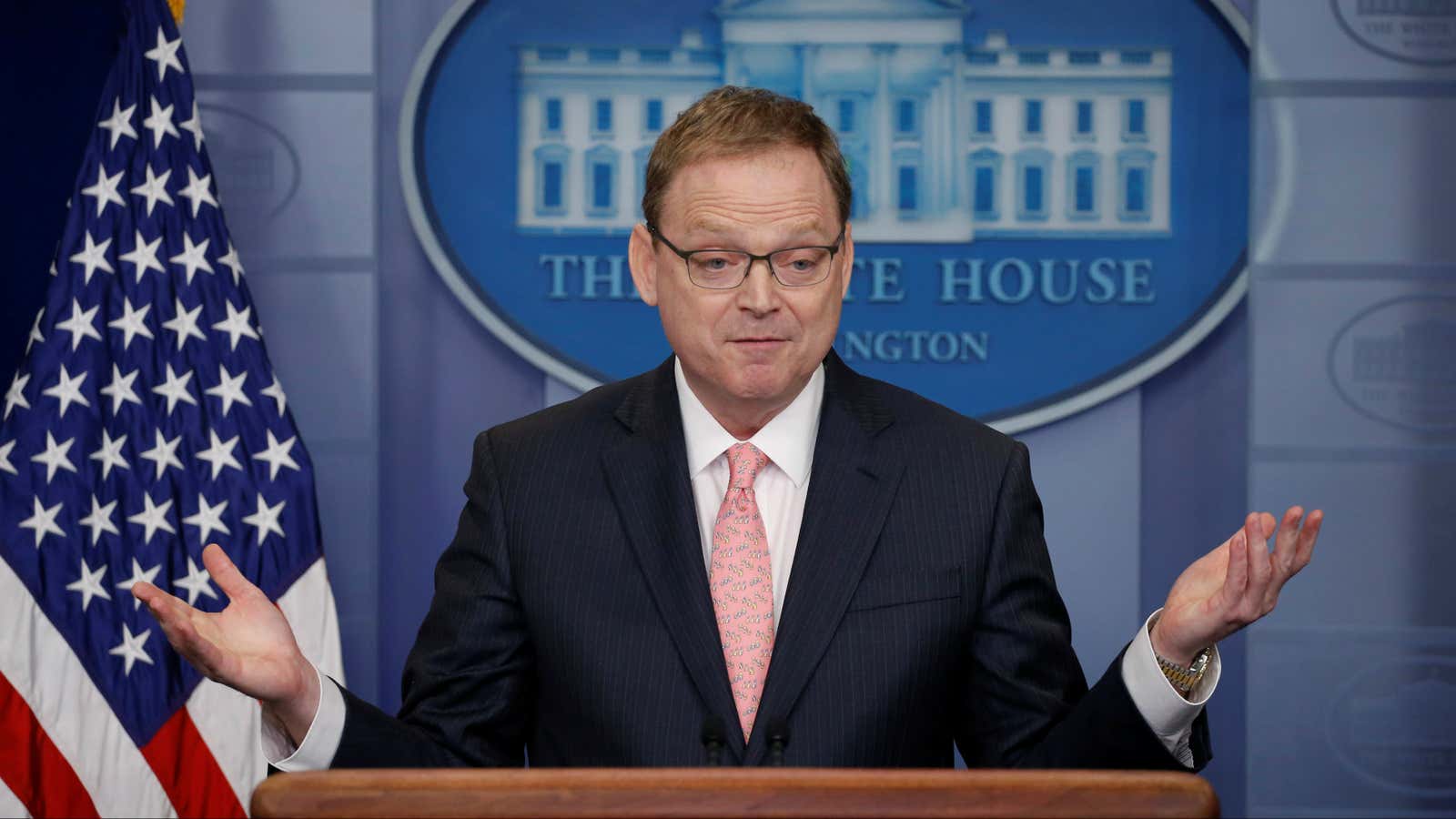“Based on historical standards of material wellbeing and the terms of engagement, our War on Poverty is largely over and a success,” wrote the White House’s Council of Economic Advisors in a report released earlier this month.
Given that the official US poverty rate was 12.7% in 2016, the last time the Census released data, not much lower than in 1980 and higher than in 2000, this may seem like a strange statement. But it’s not. The US has made an incredible amount of progress reducing poverty over the past several decades. You just won’t find it in official poverty statistics.
Poverty statistics are based on income, but many economists argue that deprivation is not only about how much you make, but what you are able to buy. As a result, they prefer to measure poverty in terms of consumption. In terms of consumption, poverty has fallen dramatically since the 1980s. A 2017 study by economists at the University of Chicago and Notre Dame found that relative to what the average person could consume at the poverty level in 1980, only about 3% of Americans consumed less in 2016.
Why has consumption poverty fallen while income poverty persists? Targeted government policy. In recent decades, the US federal government has substantially increased spending on low-income households. A far larger number of people benefit from programs like Medicaid and the Supplemental Nutrition Assistance Program (SNAP, aka “food stamps”). Changes to the tax code have also helped the poor—such as raising the threshold at which people begin paying income tax.
Now that the US poverty rate has dropped, the White House thinks it is time to take some of this social support away. It argues that the expansion of government welfare has led to an increase in unemployed people without disabilities—the Kaiser Family Foundation found that about 38% of those receiving Medicaid benefits were of working age and unemployed in 2016. The White House says that more stringent work requirements to receive programs like Medicaid and SNAP would increase “self-sufficiency,” while making few people worse off. Administration economists correctly point out that, for some people, the incentives to work are low because a greater income would lead to the loss of government benefits.
Some of the report’s arguments are surprising. Notably, it serves an acknowledgement by a conservative White House that federal antipoverty programs have largely been successful—programs that Republicans generally criticize. But rather than suggest the government invest more in such programs, while strengthening incentives, it only proposes cuts.
The report also does not suggest any increased funding to help the people who would now need to find a job as a result of policy changes. Bruce Meyer, one of the authors of the consumption poverty study cited above, says he thinks some sort of work, education, or volunteering requirement is a good idea, but to do it well, social services offices to support those people must be well funded.
